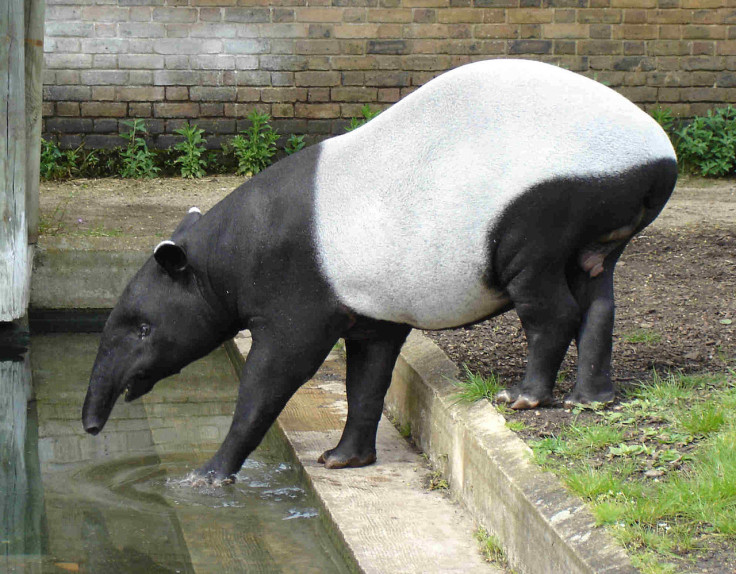Ancient Rhino-Relatives Discovered in India

Bones from a new branch of large mammal, closely related to modern-day horses, rhinos and tapirs, has been discovered in India.
According to scientific journal, PLOS ONE, scientists believe that the animal roamed the Earth 48 million years ago, and is from the Anthracobunidae family, a large group of mammals, which used to live in India and Pakistan.
Until now, the anthracobunidae was considered an ancient ancestor of modern elephants and manatees (sea cows), which was always a puzzle to researchers, as elephants are thought to have originated from Africa, not Asia.

"The evidence that has been accumulating from fossils and genes strongly suggests that the ancestor of elephants and sea cows lived in Africa, and at a time when that continent was totally isolated, so anthracobunids' Asian distribution was hard to explain," said the paper's co-author, Erik Seiffert.
However, the fossils indicate that these animals are related to the tiny tapirs that live in Pakistan, and that the perissodactyla family - mammals with hooves that feature an odd number of toes on the hind feet, such as rhinos and horses - probably came from Asia.
By researching stable isotopes and bone shape, scientists were able to see that these animals were quite large and fed on the land.
The researchers also believe that the anthracobunidae spent much of its time in or around water due to the thickness of its bones.
"Anthracobunids are just one of many lineages of vertebrates that evolved from terrestrial animals, but then left to live in a shallow water habitat and had thick bones," added co-author, Dr Lisa Noelle Cooper. "These thick bones probably acted like ballast to counteract body buoyancy. You can see that kind of bone structure in modern hippos, otters, penguins, and cormorants."
© Copyright IBTimes 2025. All rights reserved.





















